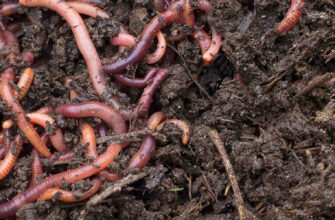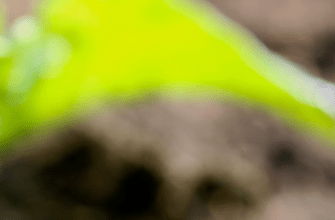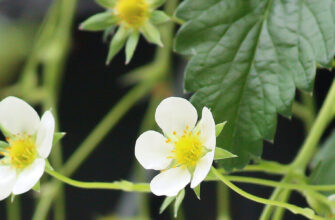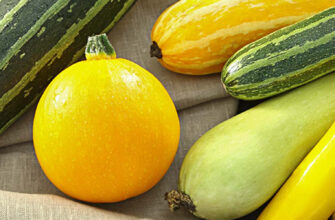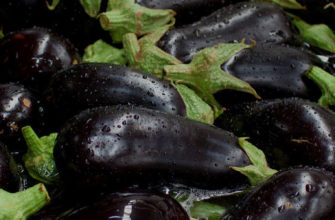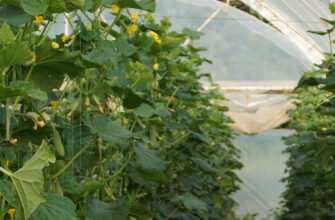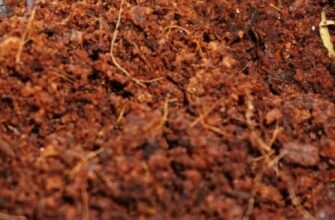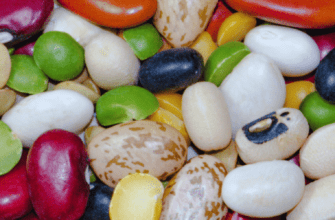Ecological principles have become fashionable and quickly gained popularity among gardeners. However, this is not just a temporary trend, but a genuine return to natural sources. Although many consider ecological gardening expensive, it can actually lead to significant resource savings.
Certainly, an ecological garden requires more time, knowledge, and experience. Yet, it teaches us to wisely manage natural resources and better understand the surrounding world.
Features of Organic Gardening
Natural and sustainable gardening is only possible in harmony with nature. Humans are part of the ecosystem, so their role in the garden is not that of an architect or creator, but an attentive and responsible helper to nature.
In a natural garden, the gardener’s main task is to grow plants and maintain natural balance. You create a garden not only for your own pleasure but also for countless species of wild flora and fauna. This helps you learn to love nature and accept its imperfections. Everything starts with careful attention to the land.
Soil Care
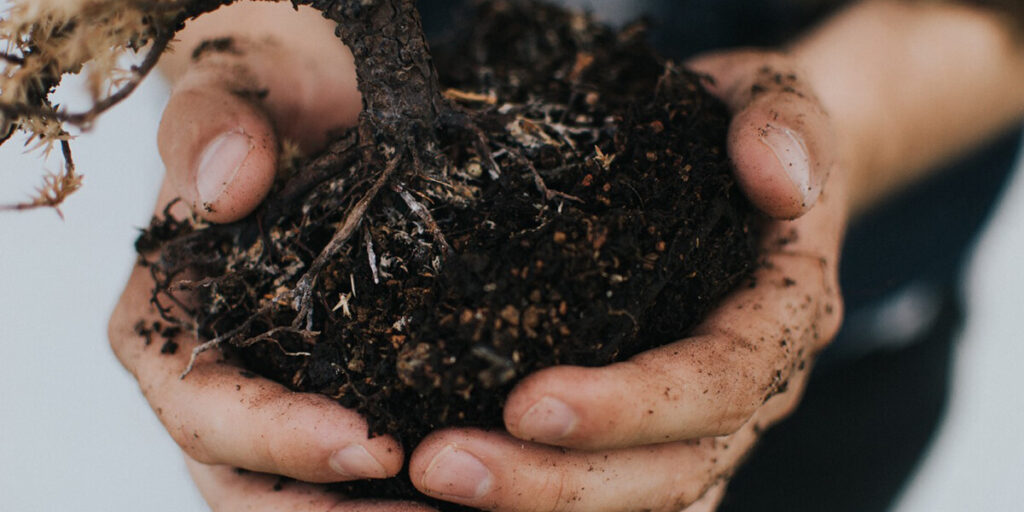
The key to a successful chemical-free garden is the use of natural resources. Healthy soil is not just a substrate and a source of nutrients for plants, but also home to earthworms, insects, and beneficial microorganisms.
Plants receive minerals and organic substances after complex processes of humification and mineralization. But these processes are impossible without active life in the soil, which is often destroyed by excessive chemical use.
Land in its natural state is self-sufficient. Fallen leaves and dry grass naturally return essential substances to the soil. However, on smaller garden plots, additional help from nature is necessary.
Try to dig the soil as rarely as possible to avoid disturbing worm tunnels and soil structure. Instead, regularly mulch the surface (twice a season) with mature compost, which attracts earthworms and enriches the soil with nutrients.
If you are unable to make your own compost, you can use granulated forms or water the soil with vermicompost.
How to Make Compost (Gardener’s Black Gold)
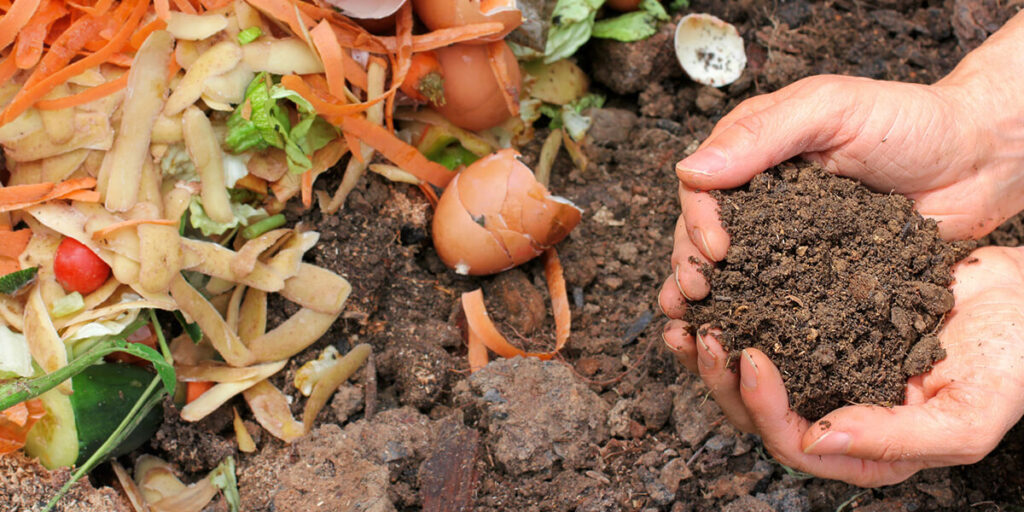
It’s best to start composting in spring. You can simply make a compost heap, but for more efficient decomposition, it’s better to dig a hole about 30 cm deep.
Place initial weeds, food waste (eggshells, small twigs, leaves, even old cardboard) into the hole. Regularly moistening the compost is essential.
To speed up the process, you can use leftover beer mixed with non-chlorinated water, adding a bit of sugar or jam. After a day, moisten the compost with this mixture and cover it with a film. Adding a layer of soil on top can further accelerate compost maturation.
Remember to regularly lightly moisten the compost pit. Avoid adding grass with seeds to prevent the spread of weeds.
The finished compost is an ideal fertilizer and substrate for growing plants. It is enriched with humus and beneficial microorganisms, making it a good substitute for manure. Compost is used during planting and as mulch throughout the season, fully meeting the nutritional needs of plants.
Pest Control Without Pesticides
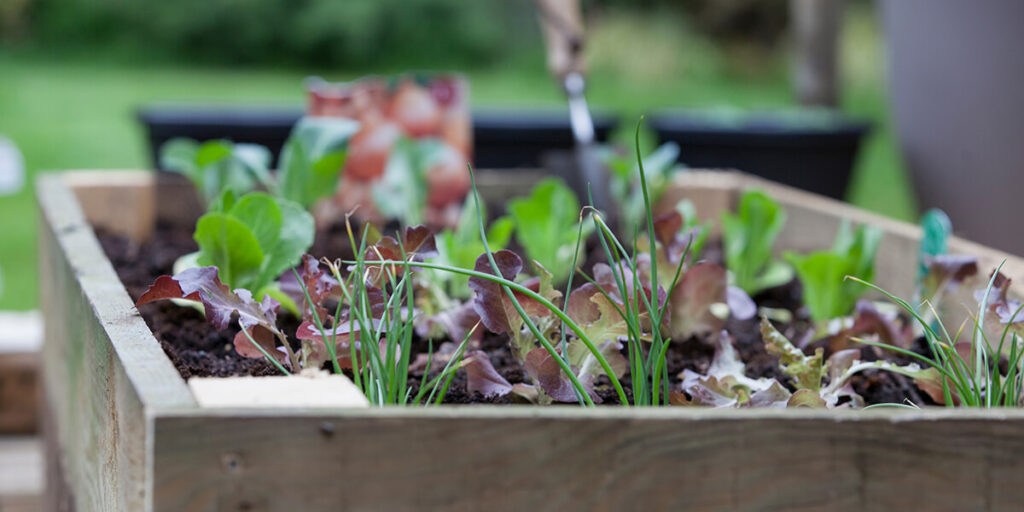
In a natural environment, there is a balance between pests and beneficial organisms. The use of chemicals disrupts this balance and can harm beneficial insects and microorganisms.
To avoid massive pest infestations, it is crucial to maintain the garden’s natural balance. Use natural products such as humic preparations (e.g., Humus Active), which improve soil quality and support the natural immunity of plants.
Beneficial insects, such as ladybugs and hoverflies, help control pest populations naturally. Reducing or completely eliminating chemical use helps nature create a resilient ecosystem.
In harmony with nature, you will create a unique, vibrant garden that delights both the eyes and the heart.
If you have found a spelling error, please, notify us by selecting that text and pressing Ctrl+Enter.

